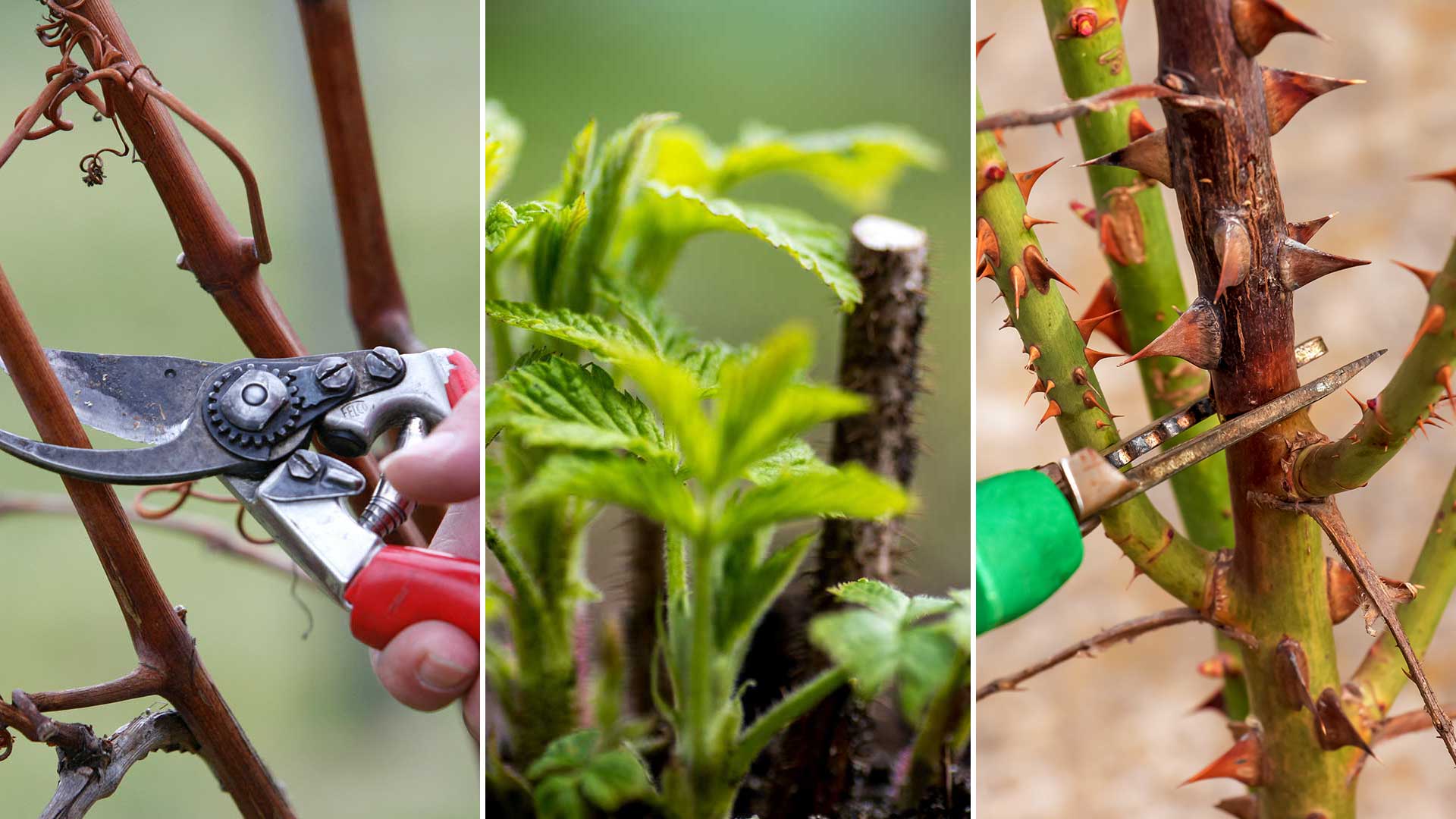
If you’re looking for an outdoor job to crack on with there are plenty of plants to prune in January. So it’s time to clean off your secateurs and start snipping. Getting out in the fresh air is a great way to lift the spirits during these colder, greyer days, and you’ll be prepping your precious shrubs and trees for a better performance later in the year.
Most plants are dormant this month, and not all will benefit from a wintertime chop. But for some, January is the perfect time to control their shape and size, remove dead branches, and thin out congested areas. Not only can this improve your best plants’ health and appearance in the long term, but it can also increase their yield if they’re the flowering, fruiting, or berrying kind.
With the help of gardening experts around the UK, we delve into which plants benefit from a prune this month, plus advice on how to do so. As a first step to sort your garden out, this is one task you’ll be glad you did when warmer weather arrives.
8 important plants to prune in January
Whether you’re painting a shed, mowing your lawn, or carrying out any other gardening job, you need the right tools for the best results. And pruning is no exception.
If in any doubt, or if you need to prune up high, it’s best to hire a professional arborist to tackle trees and hedges for you.
Ensure your tools are sharp and clean, to avoid spreading diseases from one plant to another. A sturdy pair of gardening gloves is also essential to protect your hands from any sharp branches, thorns, or irritant sap.
Note that it’s also best to prune on a dry day when snow and frost aren’t forecasted, to prevent damage to your plants – similar to not cutting wet grass after rain.
Bypass secateurs are useful for cutting softer growth (and deadheading in the summer).
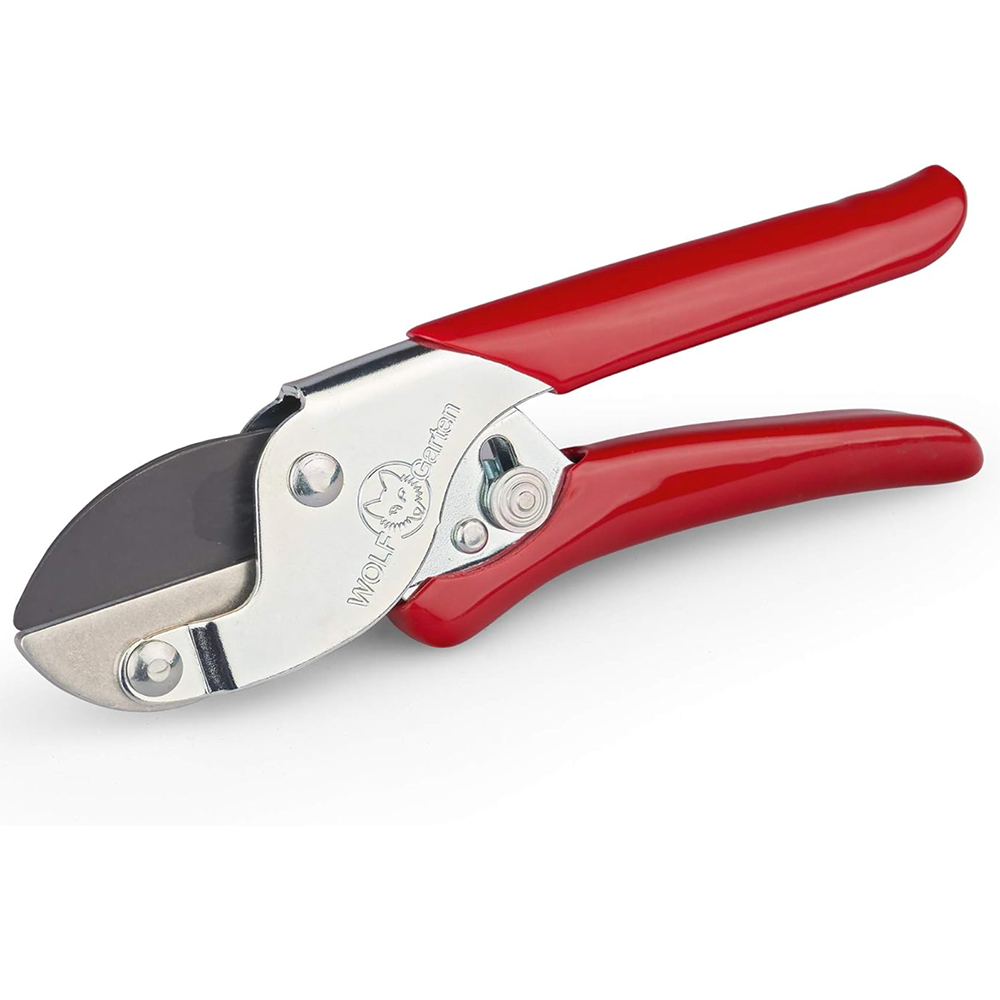
RRP: £17.53 | For cutting tougher stems cleanly, you may want to invest in a pair of hardy secateurs such as these.
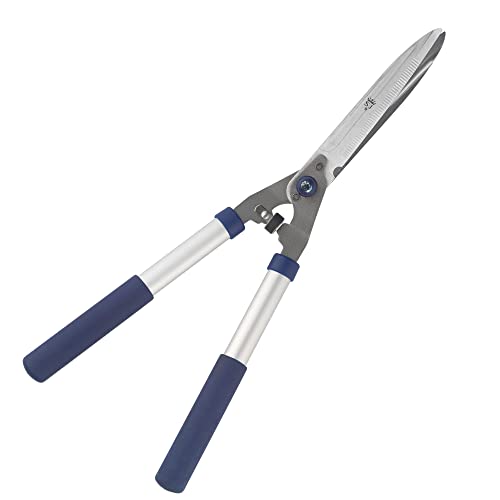
RRP: £24 | These professional shears are an 'Amazon Choice' buy, with a 4.6-star rating from over 3,400 customers. Ideal for trimming hedges.
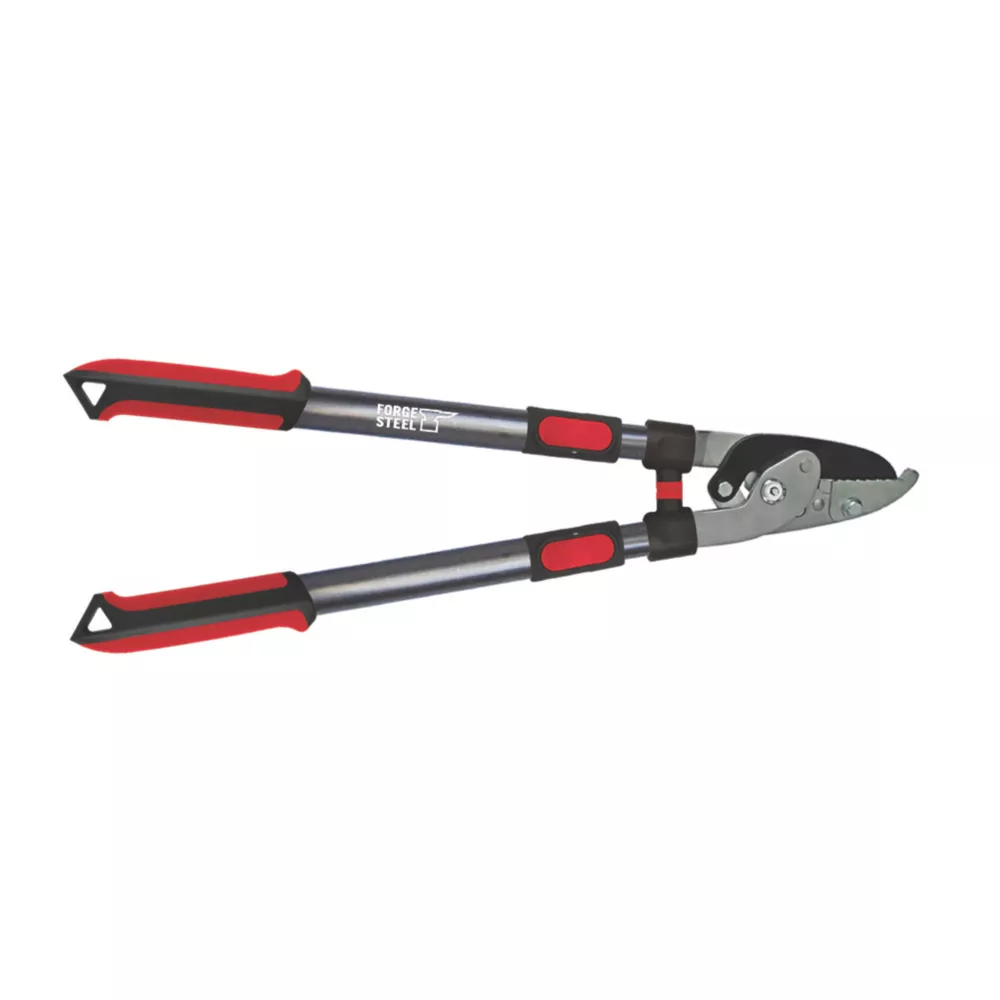
RRP: £22 | Loppers can be useful for thicker branches. Lightweight telescopic loppers with high-quality blades and cut branches up to 4cm in diameter with ease. Ideal for hard or dry wood.
1. Summer-flowering clematis

Group three clematis that flower in late summer (such as "Abundance" and "Étiole Violette") can be pruned back in winter, once buds show signs of new growth to prepare your blooms ready for summer garden trends. Otherwise, they can grow into tangled messes, with flowers forming only at the ends of the stems.
Hannah Rowson, assistant garden centre manager at J.Parker’s, advises cutting back all the stems to 30cm above the ground. Remove any dead or damaged stems, too, she adds.
When determining how to prune a clematis we suggest making your cuts just above a set of healthy buds. New growth should appear quickly.
2. Roses
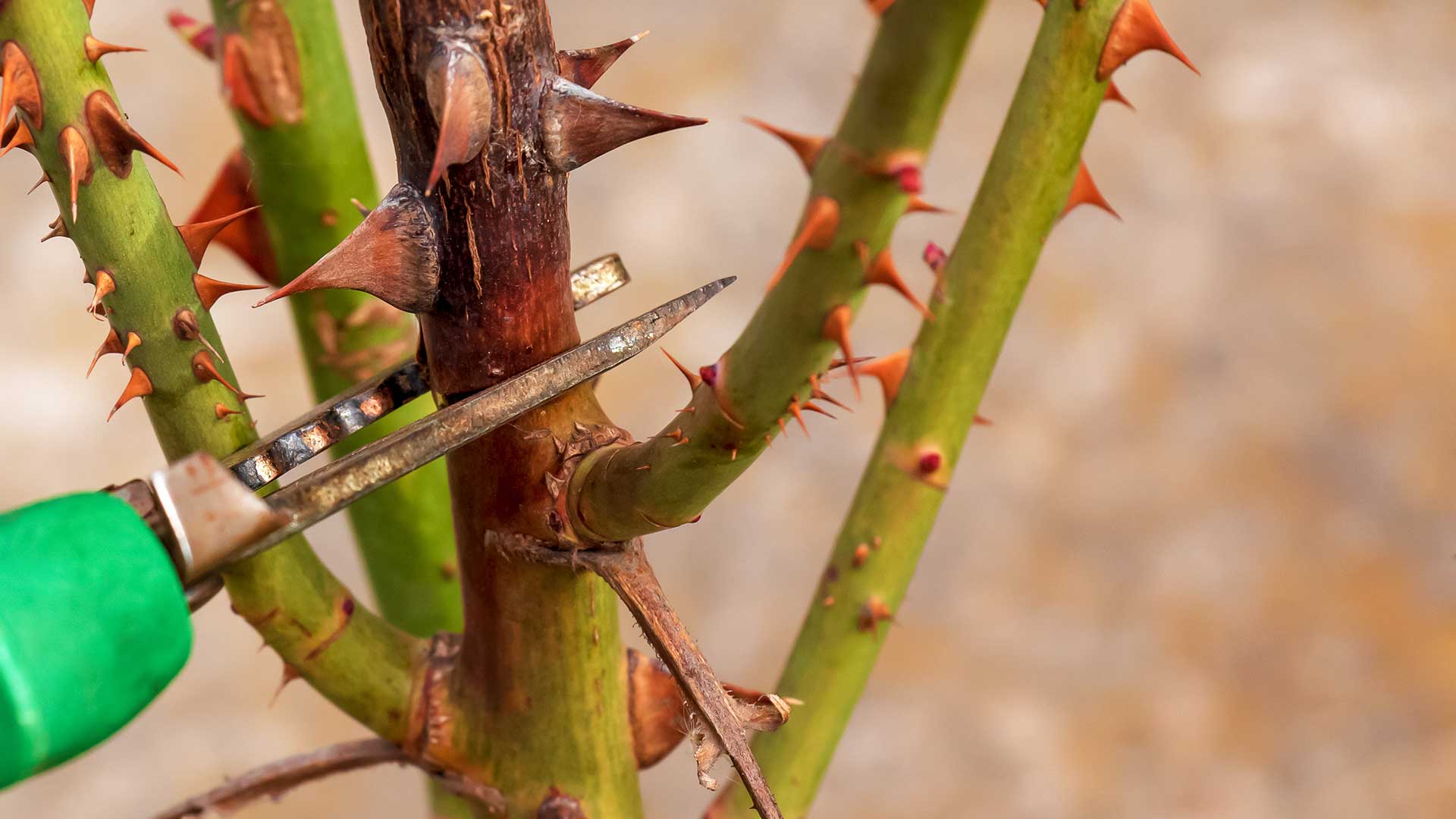
Roses are a classic cottage garden plant, and late winter is the time to prune them.
Tim Marshall, head gardener at Raby Castle, says, "Pruning roses in January promotes vigorous growth and abundant flowering in the upcoming seasons.
"Firstly, remove any dead, damaged, or weak growth," he instructs. "Secondly, trim the remaining healthy stems by about one-third, while ensuring an outward-facing bud is left above a growth node. This helps maintain an open shape and encourages air circulation, reducing the risk of fungal diseases."
Knowing how to prune roses is essential, make your cuts at an angle, just above a healthy bud.
Give your roses a dose of fertiliser and a layer of mulch in spring to help them thrive. Consider fertilising your lawn at this time, too.
3. Apple and pear trees
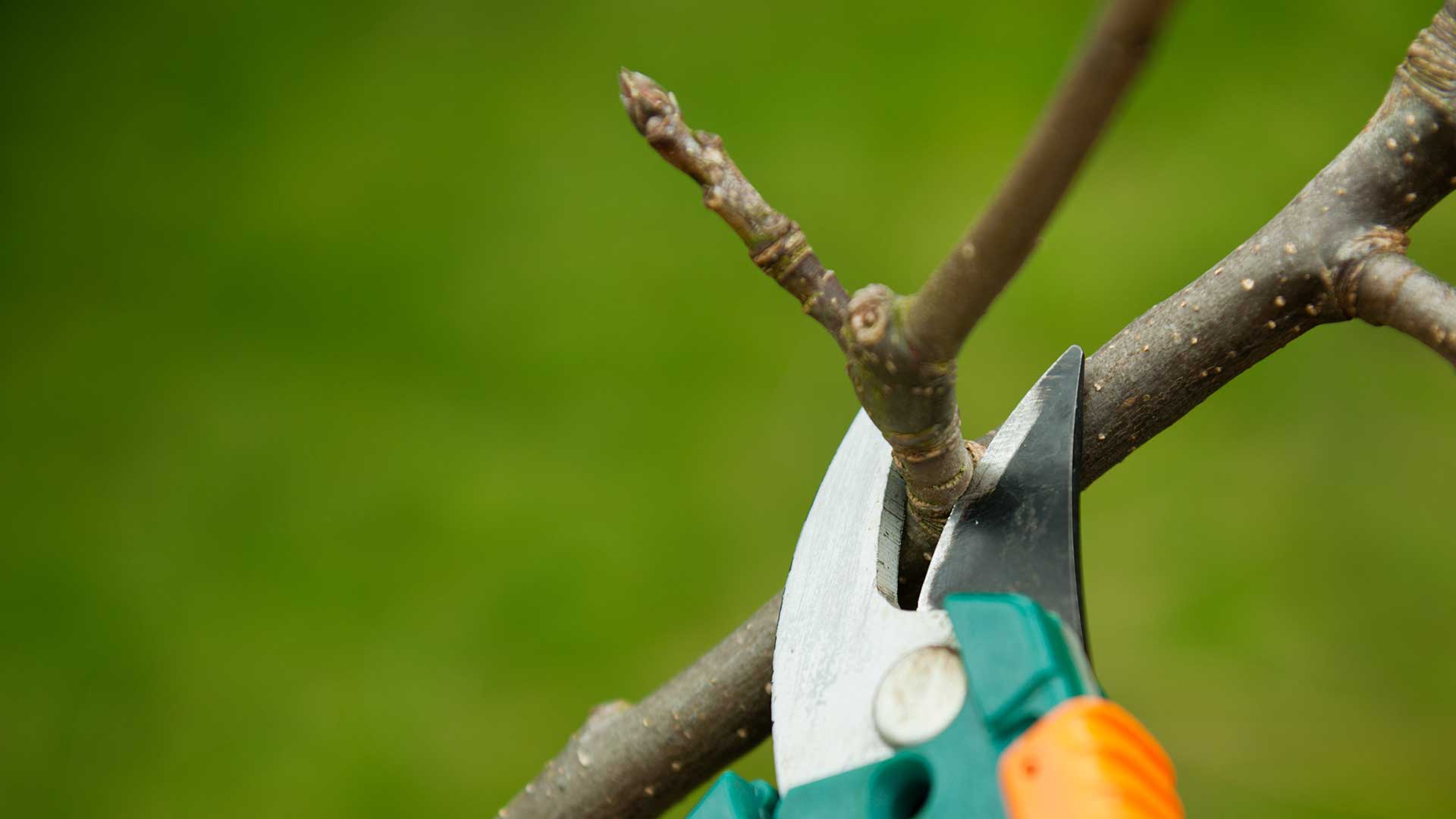
"Pruning fruit trees during January promotes optimal fruit production and overall tree health," says Tim.
"Begin by removing any dead and diseased branches, cutting them back to the nearest healthy bud or the branch collar. Next, thin out crowded branches to allow sunlight and air to reach the centre of the tree canopy, preventing fungal diseases.
"Prune vertical branches into outward-facing and horizontal ones to improve fruiting and prevent breakage from heavy fruit loads," Tim continues.
"Finally, remove any water sprouts (upright, vigorous shoots) and suckers (shoots emerging from the base) to redirect the plant's energy towards fruit production."
You can also remove signs of canker, points out Matthew Peck, head of horticulture at Gates Garden Centre. This disease causes sunken, dead areas of bark, and can eventually kill branches as it spreads.
Spear & Jackson's folding pruning saw, available at Amazon, will come in handy for removing thicker stems.
Wait until summer to prune trees that produce stone fruits, such as cherries. Following this gardening tip will make them less vulnerable to silver leaf, a fungal infection.
4. Fruit bushes
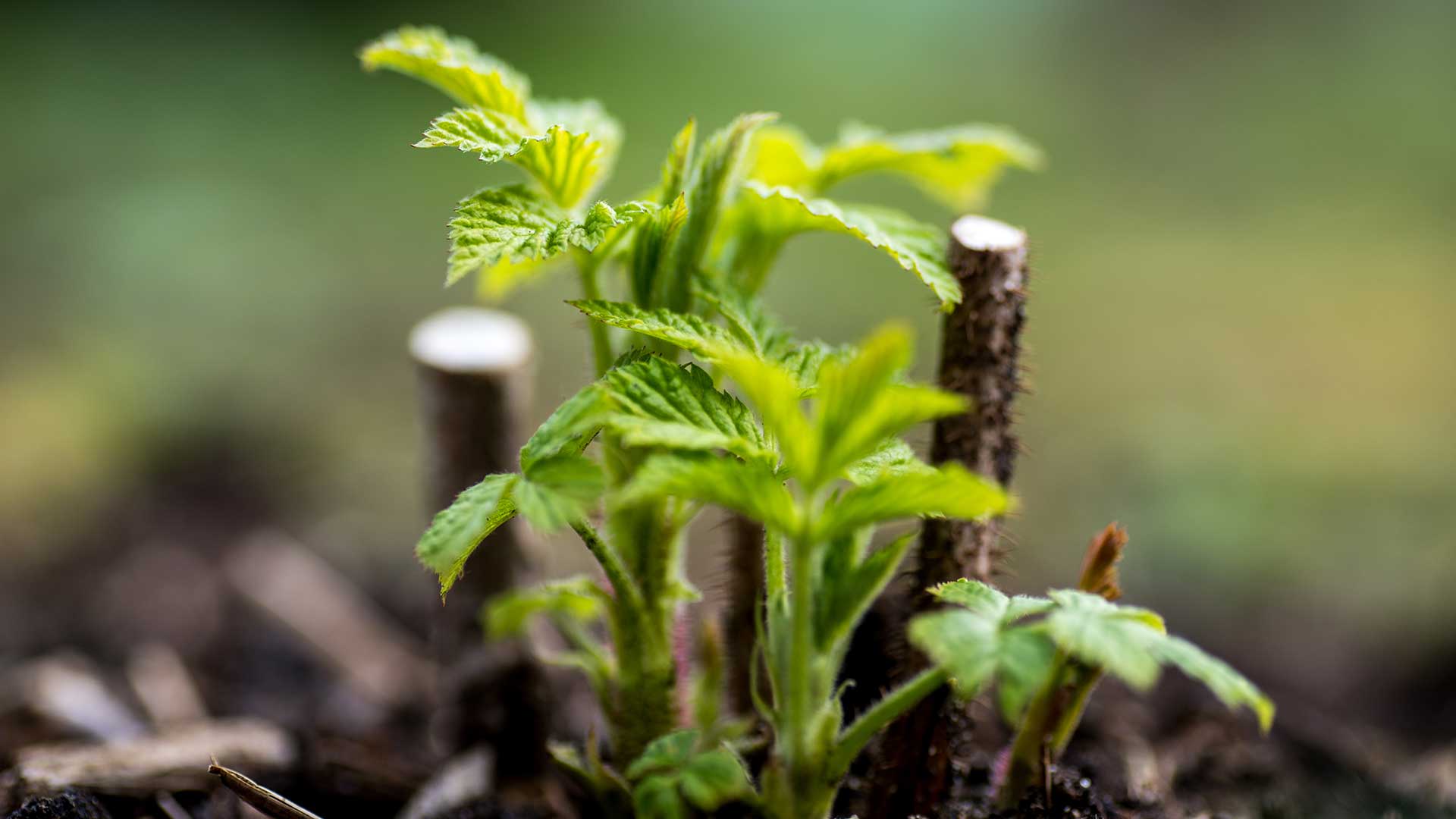
Autumn-fruiting raspberries should be pruned hard in January, Matthew says. This means you can cut the old canes that have already fruited right back to the ground, making way for new springtime growth.
You can also prune blackcurrants at this time, by cutting up to a third of the older, darker stems down to ground level.
Other fruiting plants to prune in January include gooseberries and redcurrants, he lists. "This allows the healthy young wood to produce an abundance of fruit."
5. Privet
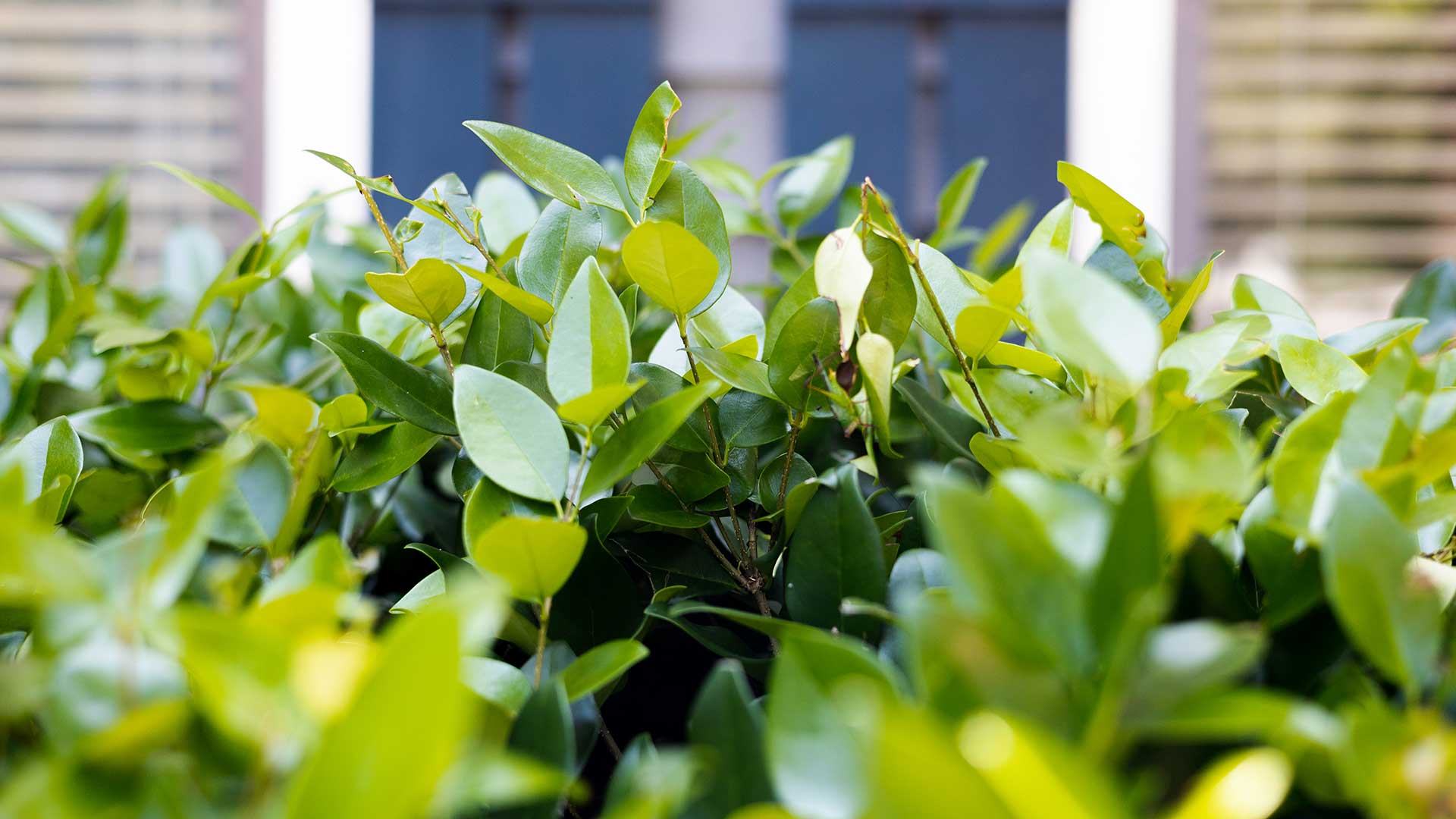
Privet is a great option for a privacy hedge, but to keep these bushes neat, consider giving them a prune this month.
Russell Birchell, the founder of Hedging UK, says, "Privet hedges are extremely hardy and can handle very aggressive pruning in January to help promote bushier regrowth in the summer months.
"When trimming a formal privet hedge, cut back quite far into the current year's growth and remove up to 1/3 or even 1/2 of the length of the stems.
"By cutting back hard like this, you force lots of new shoots to grow from many points along the remaining stem, rather than just the tips, and this helps thicken up the growth. Try to prune into a neat, even surface across the top and sides to maintain the hedge shape."
Russell also recommends cutting the sides at a slight outward angle, keeping the bottom of the hedge slightly wider than the top. "Be systematic when working along the hedge so you don't miss areas," he adds.
Before you cut your hedge, check for nesting birds. If you spot any, wait until the end of winter to prune.
6. Wisteria
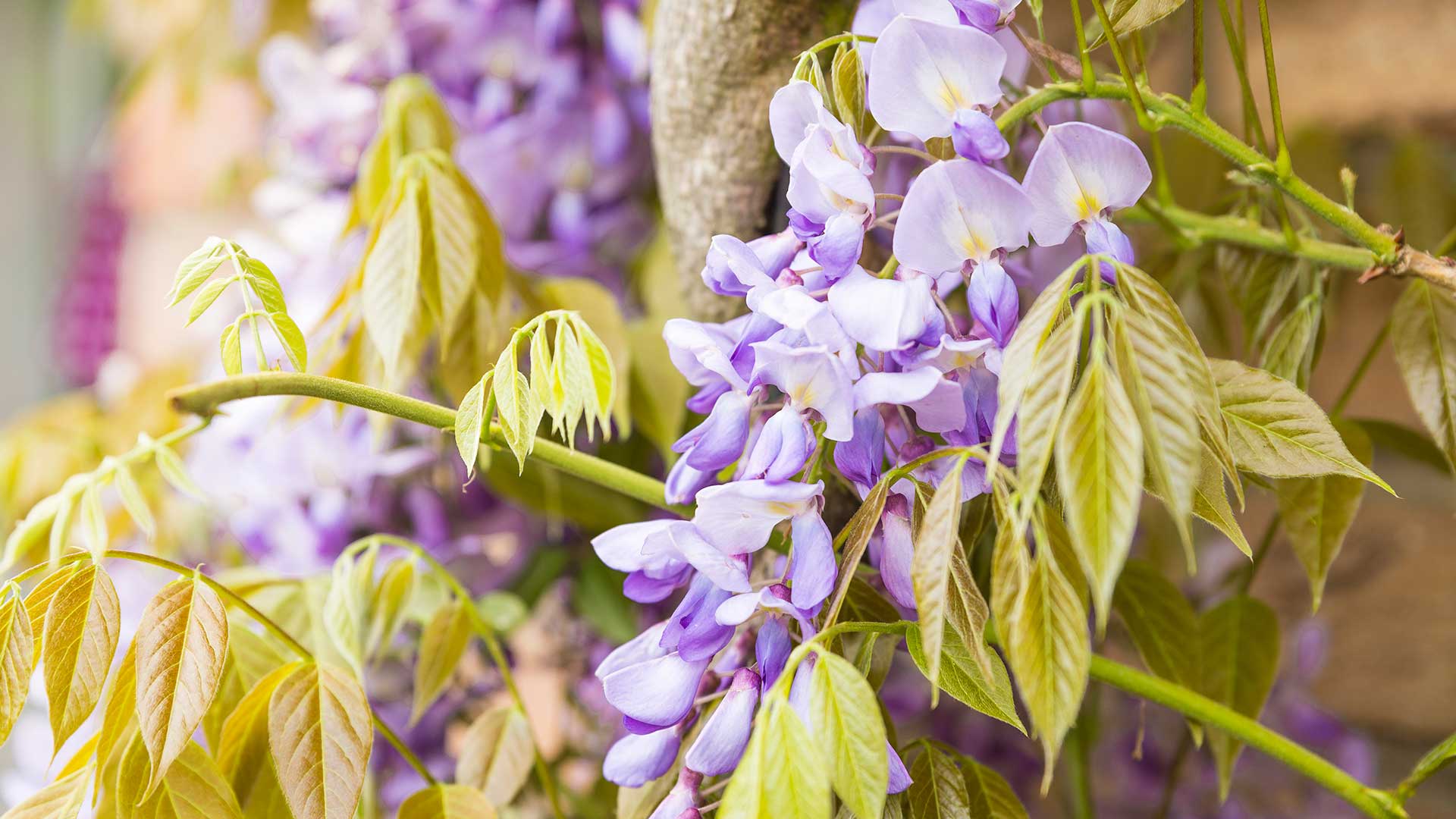
Chris Bonnett, founder of the online garden centre GardeningExpress, recommends pruning wisteria in January.
"Wisteria tends to grow its best when pruned twice a year," he says. "Winter is usually when the bulk of the pruning is done, but you should aim to do this again in the summer, around July or August, to help you control the size."
To prune this plant in January, Chris says to remove any dead growth. Then, look for the main framework of the plant and selectively prune the branches to control the size and shape, he says. "Don’t overdo it, as this could limit the amount of flowering when spring and summer approaches."
7. Grape vines
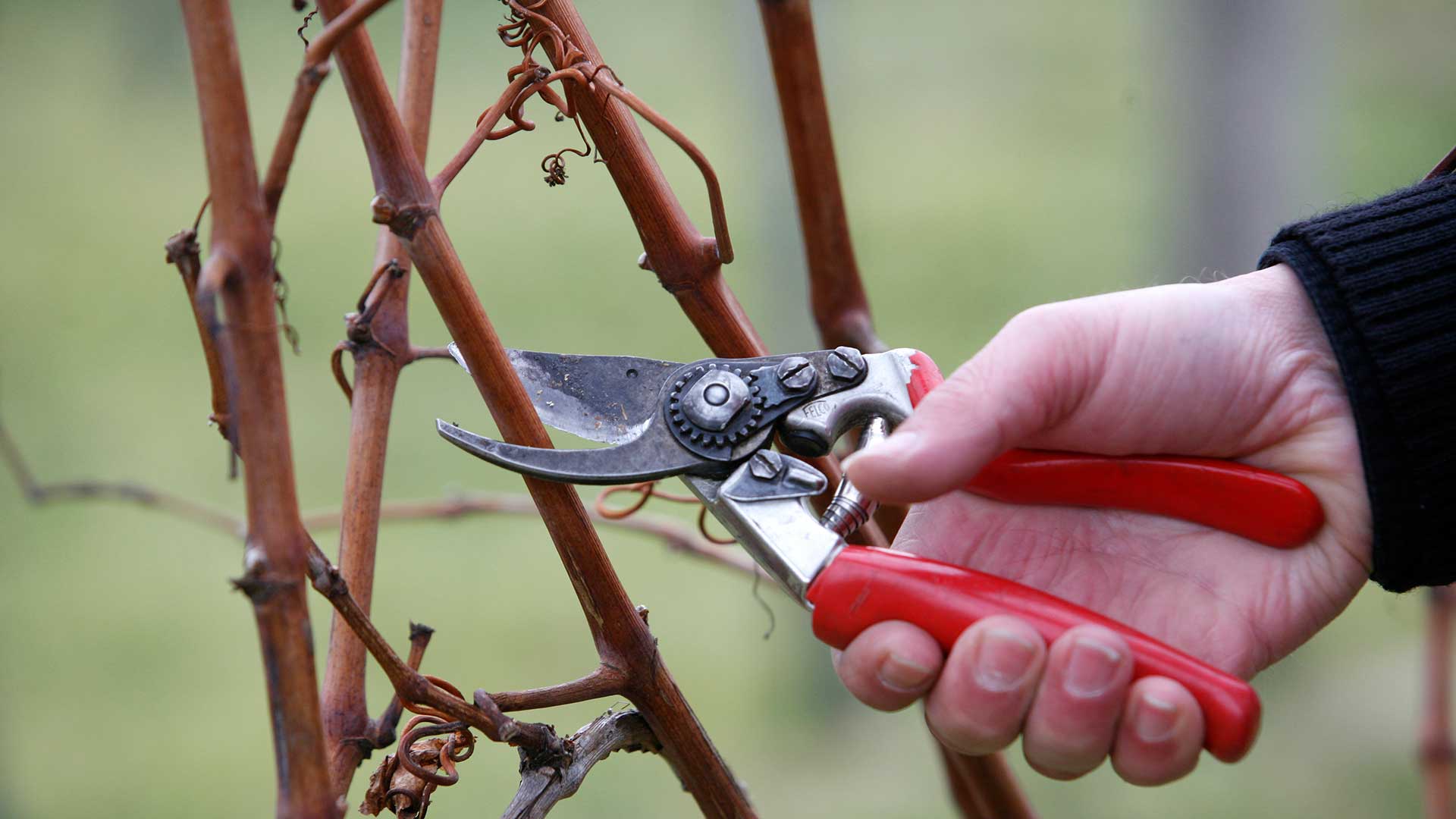
Grape vines are fast-growing perennials that need pruning in the winter, when they are dormant, to produce a good quality crop later in the year. Pruning any later will cause the sap to bleed from the cuts, which can weaken the plant.
However, note that if your grape vine is planted somewhere susceptible to late frosts, it’s worth waiting to prune until early spring. This will reduce the risks of new shoots being damaged.
Prune the plants hard, cutting back old side shoots to two buds, and reducing the length of old, main branches if they’re getting too large for their space. Just a framework of old branches should remain, as fruits will only grow on new wood.
8. Spiraea
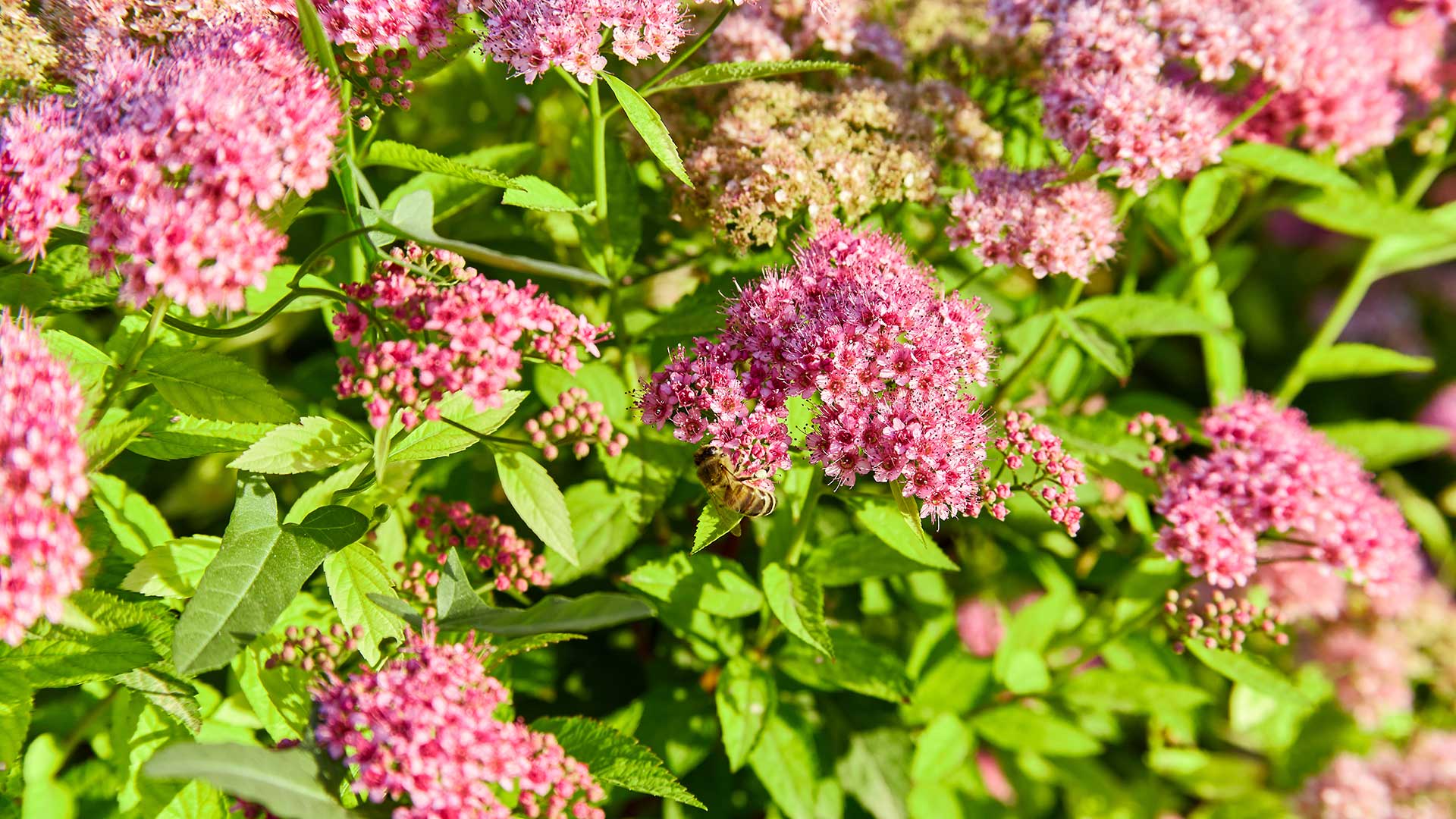
Spiraea is a deciduous flowering shrub, with varieties blooming in either spring or summer. Summer-blooming types, which flower on new wood, are the plants to prune in January.
"Pruning deciduous shrubs in January rejuvenates the plants, enhances flowering, and maintains a compact shape," says Tim.
"Start by cutting back old, woody stems to the ground, promoting the growth of fresh shoots. Shape the shrub by selectively removing one-third of the oldest stems entirely to encourage new growth from the base.
"Additionally, remove any crossing or inward-facing branches to improve air circulation and prevent diseases," he adds.
FAQs
Is January too early to prune roses?
January is the start of the season for pruning roses. However, if you’re expecting very cold weather ahead, with potential hard frosts, you may wish to wait a month or so longer to reduce any risks of damage. The same can be said for pruning plants in February.
If you do decide to wait, make sure you trim your roses just as fresh growth starts, and no later. Otherwise, you may reduce your plants’ blooming potential.
Is it ok to prune shrubs in January?
Many deciduous shrubs can be pruned in January, including beech and hazel. Avoid the temptation to prune evergreens, as this can make them more susceptible to winter damage, says Matthew Peck of Gates Garden Centre.
Hold off from pruning spring-flowering shrubs, too, such as forsythia. If you prune them now, you’ll chop off their buds before they have a chance to bloom.
Can I prune fruit bushes in January in the UK?
Most fruit bushes can be cut back in January, but avoid pruning summer-fruiting raspberries, which should be cut back just after they have fruited.
Are there any specific ways of pruning that are best suited for winter?
You may not think it but pruning plants in May will bring different challenges than when you start pruning plants in February. Not only will you probably have to wear some warming gloves but your plant's conditions will differ too.
Nadezdha Yaneva, a gardening expert at Fantastic Gardeners explains this, "When pruning any plant in January, it is important to use sharp and clean equipment, making small cuts just above a bud or lateral branch. Always tailor your pruning approach based on the particular growth conduct of the vegetation on your garden or lawn."
Graham also mentions that you may want to assess the shape and structure of your plants as they will change through the seasons. He says, "You'll have to make some changes to accommodate if a plant has become lopsided or overcrowded."







